Home>Articles>7 Woodworking Mistakes To Avoid For Successful DIY Projects
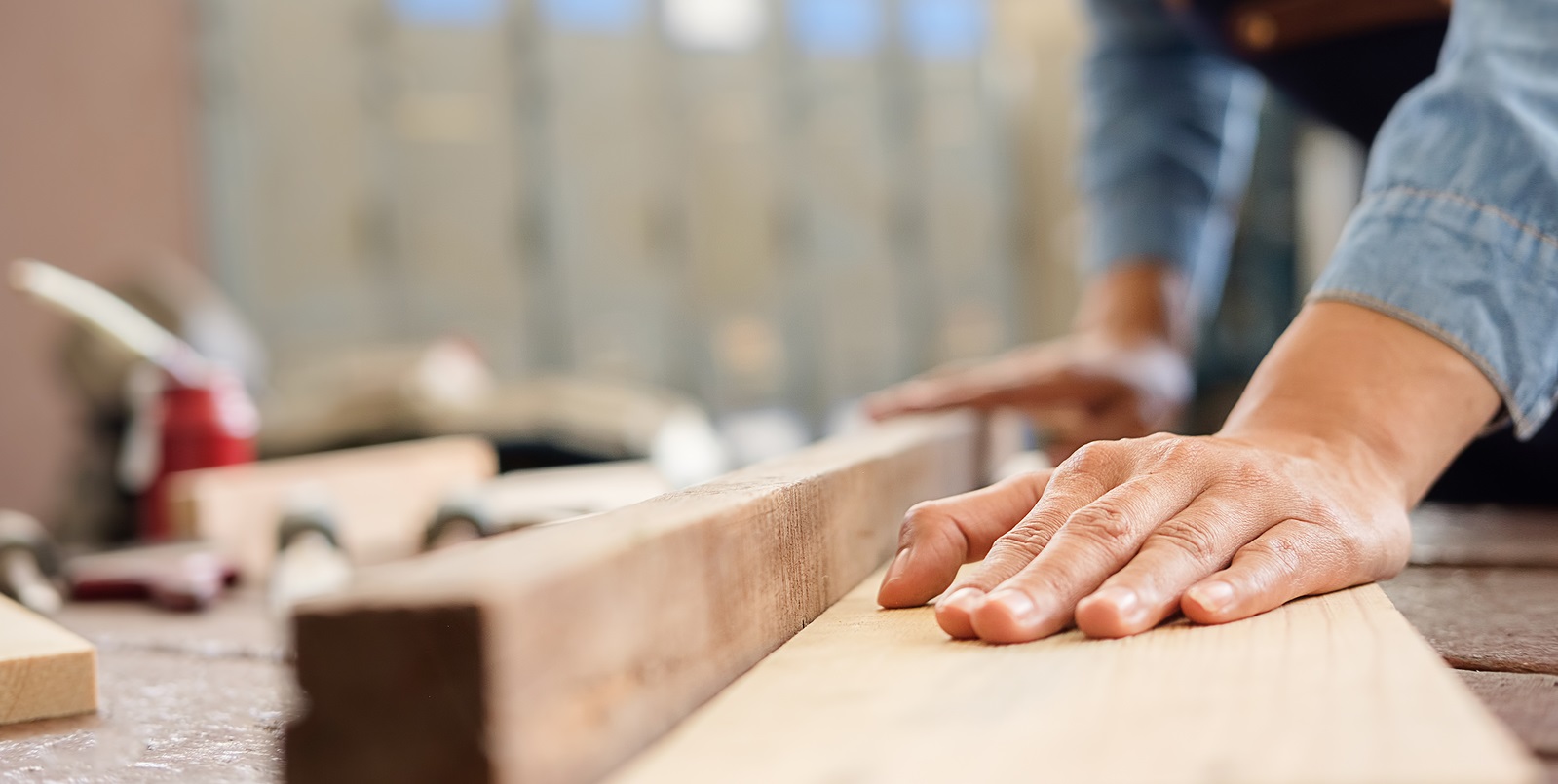

Articles
7 Woodworking Mistakes To Avoid For Successful DIY Projects
Modified: January 8, 2024
Learn how to avoid common woodworking mistakes and increase your chances of success with these helpful articles on DIY projects.
(Many of the links in this article redirect to a specific reviewed product. Your purchase of these products through affiliate links helps to generate commission for Storables.com, at no extra cost. Learn more)
Introduction
Woodworking is a popular and rewarding hobby that allows enthusiasts to create beautiful and functional pieces from scratch. Whether you’re a seasoned woodworker or just starting out, it’s important to avoid common mistakes that can lead to frustration and wasted time and materials. In this article, we will explore seven woodworking mistakes to avoid for successful DIY projects.
Woodworking requires careful planning, precision, and attention to detail. It’s not just about following instructions and using the right tools; it’s also about understanding the characteristics of different types of wood, practicing safety precautions, and taking the time to measure and plan before starting a project.
By being aware of these common mistakes, you can save yourself from unnecessary headaches and increase the chances of achieving the desired results in your woodworking endeavors. So let’s dive in and discover the woodworking pitfalls to steer clear of.
Key Takeaways:
- Choose the right wood for your project to avoid structural issues and enhance aesthetics. Consider durability, grain, and color to achieve the desired results in your DIY woodworking endeavors.
- Prioritize safety, precision, and finishing touches to elevate your woodworking projects. From measuring accurately to embracing wood grain, attention to detail is key for successful and satisfying DIY woodworking.
Mistake 1: Choosing the Wrong Type of Wood
One of the most crucial steps in a woodworking project is selecting the right type of wood for the job. Each type of wood has its own characteristics and properties that can greatly impact the final outcome of your project.
Choosing the wrong type of wood can result in weak joints, warping, or even a piece that doesn’t match your desired style or durability. It’s important to consider factors such as the intended use of the project, the environment it will be in, and your personal aesthetic preferences.
For example, if you’re building a outdoor bench that will be exposed to constant weathering, using a softwood like pine may not be the best choice, as it tends to warp and deteriorate quickly. Instead, a more durable hardwood like cedar or teak would be more suitable.
On the other hand, if you’re building a piece of furniture that requires intricate detailing, a hardwood with a fine grain like cherry or maple would be ideal. These woods are easier to work with and can showcase the details of your craftsmanship.
Additionally, consider the color and appearance of the wood. Some woods have natural variations in color and grain pattern, which can add character and uniqueness to your project. Others may require staining or painting to achieve the desired look.
Researching different types of wood, understanding their properties, and consulting with experienced woodworkers or professionals can help you make an informed decision. Take your time to select the right type of wood for your project to ensure the best results.
Mistake 2: Neglecting Safety Precautions
Woodworking can be a rewarding and fulfilling hobby, but it also comes with potential risks if safety precautions are not taken seriously. Neglecting safety measures can lead to accidents, injuries, and even long-term health issues.
One common mistake is not wearing appropriate safety gear, such as safety glasses, ear protection, and a dust mask. Woodworking involves working with sharp tools and creating fine dust particles that can be harmful if inhaled. Protecting your eyes, ears, and respiratory system is essential for a safe and healthy woodworking experience.
Another crucial safety precaution is properly using and maintaining your tools. Keep your tools in good condition, ensuring that blades are sharp and properly adjusted. Dull or incorrectly used tools can lead to accidents or produce poor-quality results.
Always follow the manufacturer’s instructions for each tool and avoid taking shortcuts that compromise safety. Use guards and other safety features provided with the tools. Never remove or disable safety mechanisms.
It’s also important to maintain a clean and organized workspace. Cluttered work surfaces can increase the chances of accidents and make it challenging to work effectively. Keep your work area tidy, with tools properly stored and away from the reach of children or pets.
Additionally, always be mindful of your body positioning and posture while working with tools or handling wood. Improper techniques can strain your muscles and joints, leading to long-term injuries. Take regular breaks, stretch, and listen to your body to prevent overexertion.
Lastly, educate yourself about woodworking safety practices. Attend workshops, read books, or seek guidance from experienced woodworkers to learn proper techniques and precautions. Following safety guidelines will not only protect you but also enhance your woodworking experience.
Mistake 3: Not Measuring Twice
In woodworking, precision is key. One of the most common mistakes that beginners and even experienced woodworkers make is not taking accurate measurements before cutting or assembling pieces. “Measure twice, cut once” is a crucial mantra to remember.
Skipping this step can result in ill-fitting joints, uneven pieces, and wasted material. It’s important to take the time to measure accurately and double-check your measurements before making any cuts.
Start by using a reliable measuring tool, such as a tape measure or a combination square, to measure the dimensions of the pieces you need. Take into account any allowances or clearances required for connections, joinery, or hardware.
When measuring, ensure that the measuring tool is properly aligned and flush against the wood. Avoid guesswork or estimating measurements with your eyes only. Use precise markings or notations to ensure accuracy.
Remember that wood can expand or contract due to changes in humidity and temperature. If you’re working on a project that requires precise dimensions, consider allowing for wood movement. This could involve leaving space for expansion joints or incorporating joinery techniques that allow for movement.
Another important aspect of measuring is marking the correct side of the wood to avoid confusion during assembly. It’s easy to get disoriented, especially if the material is similar on both sides. Use a pencil to mark the side that will face out or up to ensure proper alignment.
By taking the time to measure accurately, you’ll not only save yourself from frustrating mistakes but also ensure that your pieces fit together snugly and your project is structurally sound. Remember, precision is the hallmark of quality woodworking.
Mistake 4: Using Dull or Incorrect Tools
When it comes to woodworking, the quality of your tools plays a significant role in the outcome of your project. Using dull or incorrect tools is a common mistake that can result in shoddy workmanship, frustration, and potential safety hazards.
Working with dull tools not only makes the task more difficult but can also lead to poor-quality cuts and inefficient use of time and effort. Dull blades can splinter or tear the wood fibers instead of cleanly cutting through, resulting in rough edges and compromised aesthetics.
Regularly inspect and maintain your tools, sharpening blades as needed. Sharp tools will not only make your woodworking experience more enjoyable but will also yield cleaner and more precise cuts.
Furthermore, using incorrect tools for a specific task can lead to subpar results and potential damage to the wood or other components. Each tool is designed with a specific purpose in mind, and using the right tool for the job is essential for accuracy and efficiency.
For example, using a handsaw instead of a jigsaw for intricate cuts or using a chisel instead of a router for precise grooves can produce less than optimal results. Take the time to understand the purpose and functionality of each tool in your woodworking arsenal and select the appropriate one for the task at hand.
Investing in high-quality tools can make a significant difference in your woodworking experience. While it can be tempting to opt for cheaper alternatives, these tools may not provide the level of performance and durability needed for intricate woodworking projects.
Before starting a project, take the time to assess your tool inventory and determine if there are any gaps or deficiencies. Invest in quality tools that will serve you well in the long run and prioritize maintaining and keeping them in good working condition.
By using sharp and appropriate tools for each task, you’ll not only achieve better results but also increase your efficiency and enjoyment in woodworking.
Measure twice, cut once. Taking the time to double-check your measurements before making any cuts can save you from costly mistakes and wasted materials.
Mistake 5: Rushing Through the Planning Stage
Woodworking projects require careful planning and consideration before diving into the execution. One common mistake many woodworkers make is rushing through the planning stage in their eagerness to get started. However, skipping or neglecting this crucial step can lead to costly errors and wasted time and resources.
During the planning stage, it’s important to evaluate the project requirements, visualize the end result, and establish a clear roadmap for execution. This includes determining the dimensions, selecting the appropriate joinery techniques, and identifying the necessary materials and tools.
Start by sketching or creating a detailed plan of your project. This can help you visualize how the different components will come together and enable you to identify any potential issues or challenges early on. Consider the overall design, proportions, and functionality of the piece.
Next, create a materials list and ensure you have everything you need before starting the project. Take accurate measurements and calculate the required quantities of wood, hardware, and any other materials or finishes. This will help you avoid multiple trips to the store and potential delays.
Moreover, think through the construction process and break it down into logical steps. Visualize the order in which each component will be built and assembled. This will help you identify any dependencies or potential complications and allow you to plan accordingly.
Don’t forget to consider factors such as wood movement, hardware requirements, and finishing techniques during the planning stage. Understanding how different elements will interact with each other and how the piece will be used and maintained is essential for a successful project.
Take your time during the planning stage, and don’t hesitate to consult resources such as woodworking books, online tutorials, or experienced woodworkers. This will help you gather ideas, learn new techniques, and gain insights that can enhance your project.
Rushing through the planning stage often leads to haphazard execution and the need for rework, which can be frustrating and time-consuming. By investing ample time and effort into the planning phase, you’ll pave the way for smoother execution and increase the likelihood of achieving your desired results.
Mistake 6: Ignoring Wood Grain and Direction
Wood grain is a fascinating and essential aspect of woodworking. Each piece of wood has its own unique grain pattern, which adds beauty and character to the finished project. One common mistake that woodworkers make is ignoring or neglecting the importance of wood grain and direction in their projects.
The way you orient the grain and work with it can significantly impact the aesthetics, strength, and stability of your woodworking piece. Ignoring the grain can lead to issues such as warping, splitting, or even structural failure over time.
When working with solid wood, it’s crucial to pay attention to the direction of the grain when cutting, planing, and joining pieces. Wood grain refers to the pattern created by the growth rings in a tree. It can have a significant impact on how the wood moves and reacts to changes in temperature and humidity.
One common guideline is to align the grain of the wood so that it runs parallel to the longest dimensions of the project. This helps to minimize the potential for warping or twisting over time. For example, when building a tabletop, aligning the grain in a continuous direction along the length of the table will help maintain its stability.
Another consideration is the grain direction when cutting or shaping individual pieces. For example, cutting across the grain rather than with it can result in tear-out or splintering. It’s important to use the appropriate cutting techniques and tools to ensure clean and smooth cuts.
Understanding how wood expands and contracts due to changes in moisture content is vital when considering wood grain. Wood will expand more across the grain than along it. This knowledge is particularly important when constructing pieces that have joints or require movement, such as doors, drawers, or tabletops.
Lastly, pay attention to the appearance and visual appeal of the wood grain. Some woods have stunning grain patterns that can be showcased by careful selection and arrangement. Take the time to examine and appreciate the unique characteristics of the wood you’re using, as it can greatly enhance the beauty of your project.
By respecting and working with the natural grain of the wood, you’ll not only create visually appealing pieces but also ensure their structural integrity and longevity. Embrace the beauty of wood grain and let it guide your design and construction decisions.
Mistake 7: Skipping Finishing and Sanding
Finishing and sanding are often overlooked steps in woodworking projects, but they are crucial for achieving a professional and polished final result. Skipping these steps is a common mistake that can detract from the overall quality and durability of your piece.
After all the hard work you’ve put into crafting your woodworking project, it’s essential to take the time to properly finish and sand the surfaces. Finishing helps protect the wood from moisture, UV rays, and wear and tear, while sanding smooths out imperfections and creates a smooth and appealing surface.
When it comes to finishes, there are numerous options available, including varnishes, oils, paints, and stains. The choice of finish depends on the desired appearance, the type of wood, and the intended use of the project. Finishes not only enhance the natural beauty of the wood but also provide a protective layer against stains and damage.
Prior to applying any finish, thorough sanding is essential to ensure a smooth and even surface. Sanding removes any rough spots, tool marks, or unevenness in the wood. It also helps open up the pores of the wood, allowing the finish to better penetrate and adhere.
Start with a coarse-grit sandpaper to remove any surface imperfections and gradually work your way up to finer grits for a smoother finish. Sand in the direction of the grain to avoid creating scratches or marks. Take the time to hand-sand any intricate or hard-to-reach areas to ensure consistency.
After sanding, clean the surface to remove any dust or debris. This is important because any particles left on the surface can affect the quality of the finish and spoil the final result. Use a tack cloth or a soft brush followed by a lint-free cloth to ensure a clean surface.
Once the surface is clean, apply the chosen finish according to the manufacturer’s instructions. Whether brushing, spraying, or wiping on, make sure to apply thin and even coats. Allow sufficient drying time between coats to achieve a smooth and durable finish.
Don’t rush the finishing process; take your time and give each coat ample time to cure. Patience and attention to detail during this stage will greatly contribute to the overall quality and longevity of your woodworking piece.
Remember, finishing and sanding are the final touches that can elevate your work from good to exceptional. Don’t overlook these crucial steps, as they play a significant role in enhancing the appearance and durability of your woodworking projects.
Conclusion
Woodworking is both an art and a craft that requires skill, patience, and attention to detail. By avoiding common mistakes, you can ensure successful and satisfying DIY projects. From choosing the right type of wood to embracing the beauty of wood grain, each step plays a pivotal role in the overall outcome.
Remember the importance of measuring twice and taking accurate measurements before making any cuts. Rushing through the planning stage can lead to unnecessary setbacks and rework. Take the time to carefully plan your project, considering the materials, tools, and construction techniques required.
Never overlook safety precautions while working with woodworking tools. Protecting yourself with safety gear and using tools correctly is crucial for a safe and enjoyable woodworking experience.
Don’t underestimate the significance of using sharp and appropriate tools for each task. Dull or incorrect tools can jeopardize the quality of your work and lead to frustration.
Additionally, paying attention to wood grain and direction ensures structural stability and allows you to highlight the natural beauty of the wood. Ignoring or neglecting this aspect can lead to issues such as warping or splitting.
Finally, finishing and sanding are essential steps to achieve a professional and polished look for your woodworking projects. Taking the time to properly finish and sand the surfaces enhances the durability and aesthetics of your work.
By being aware of these woodworking mistakes and implementing the suggested solutions, you can increase your chances of successful and enjoyable DIY woodworking projects. Remember, woodworking is a skill that develops with practice and patience, so embrace the learning process and continue honing your craft.
Frequently Asked Questions about 7 Woodworking Mistakes To Avoid For Successful DIY Projects
Was this page helpful?
At Storables.com, we guarantee accurate and reliable information. Our content, validated by Expert Board Contributors, is crafted following stringent Editorial Policies. We're committed to providing you with well-researched, expert-backed insights for all your informational needs.



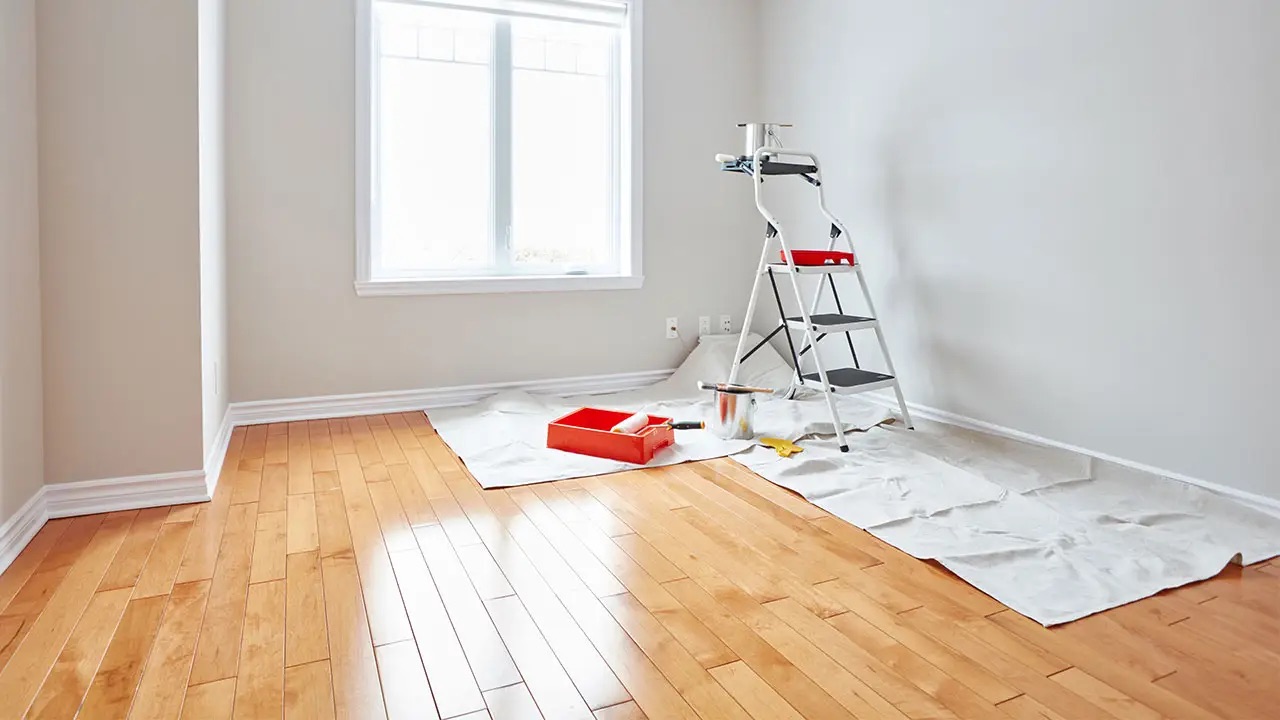
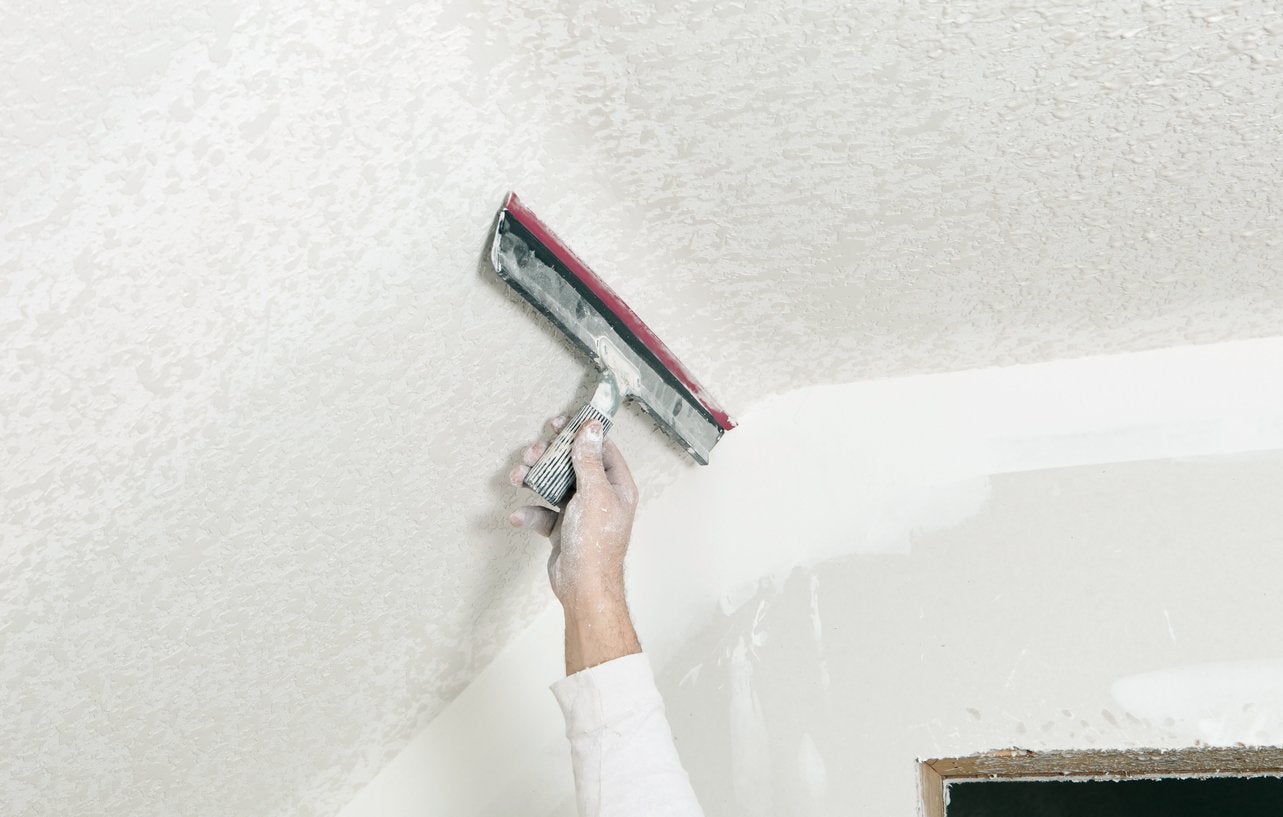



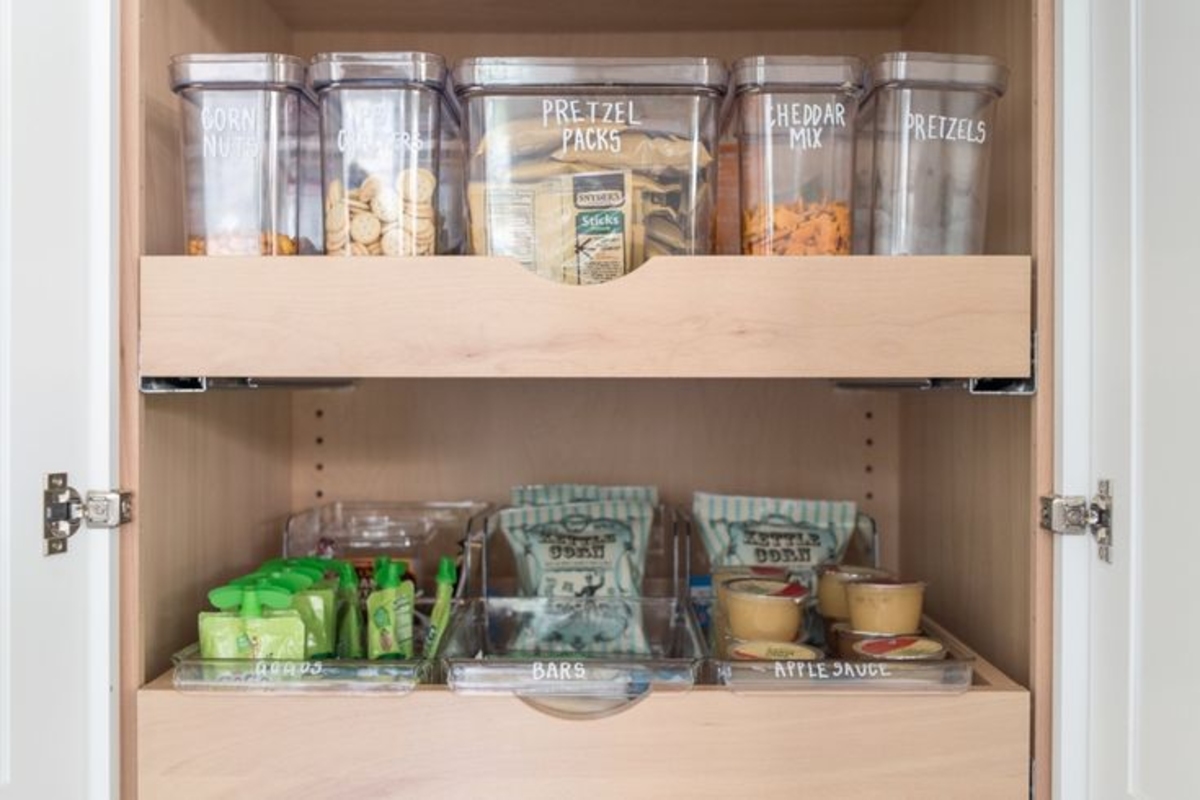
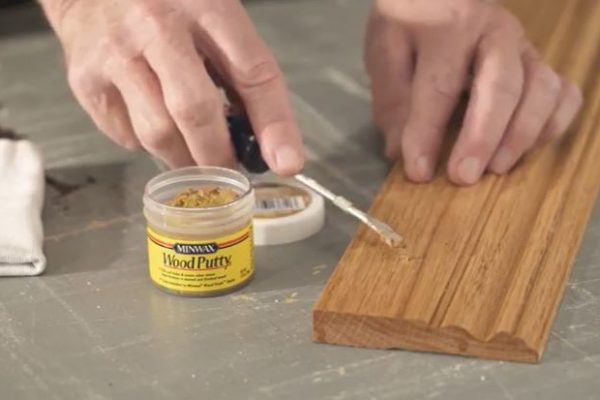


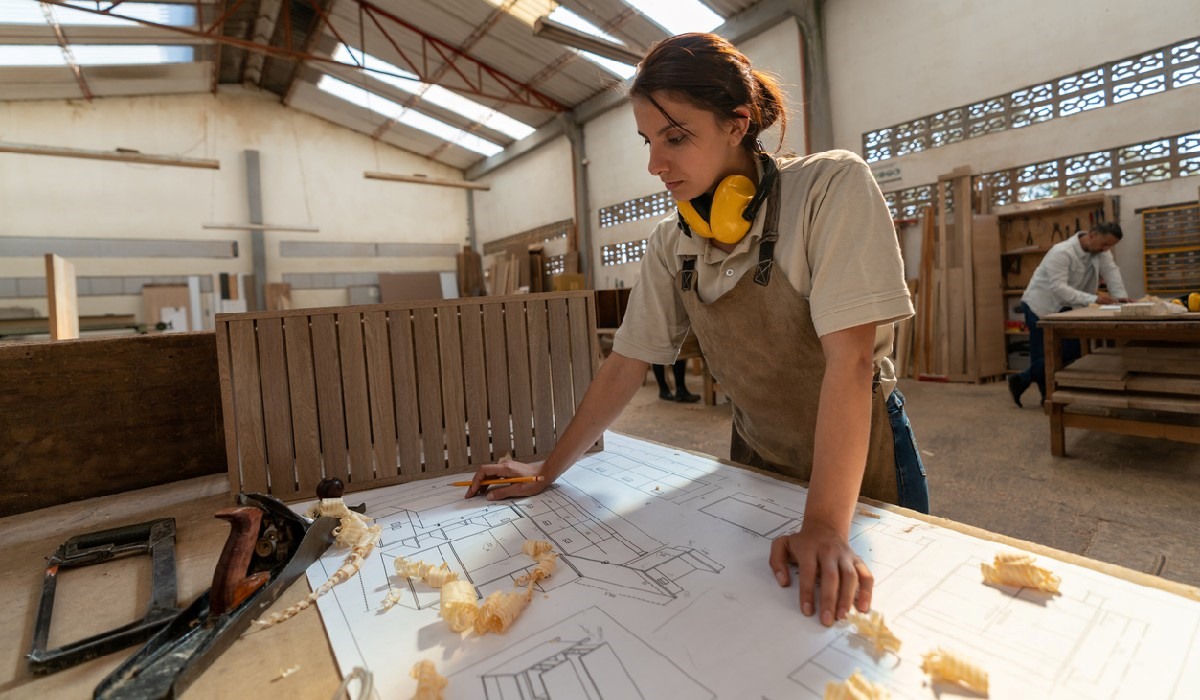


0 thoughts on “7 Woodworking Mistakes To Avoid For Successful DIY Projects”